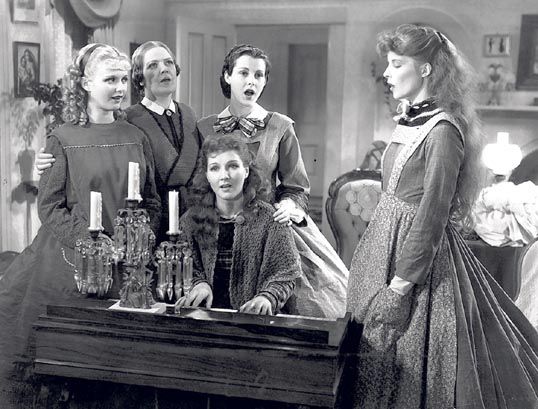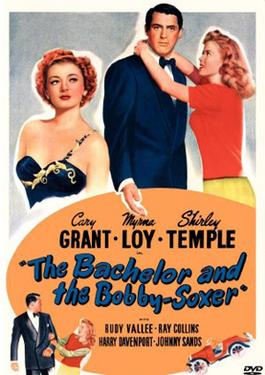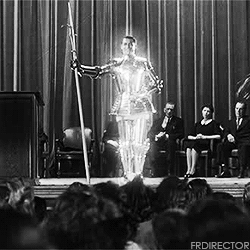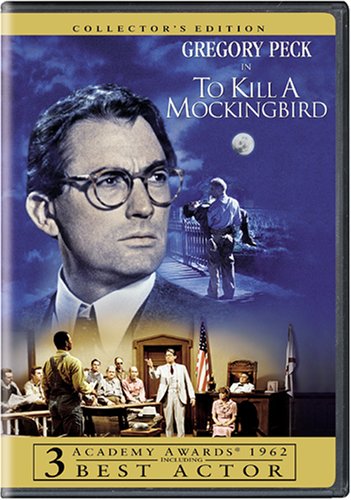![Meet Me in St. Louis Meet Me in St. Louis]()
Originally published May 6th, 2013
Meet Me in St. Louis came highly recommended due to its place as a musical classic, and because it’s got the downright angelic Margaret O’Brien who I praised heavily in my Christmas review of Little Women. So, as I tend to do with blogathons, I used my contribution to cross a recommendation off my list. I won’t sugarcoat it: I have A LOT of crow to eat….read on.
In the year 1904, the year of the St. Louis World’s Fair, the Smith family get lessons in life and love.
![]()
The plot of Meet Me in St. Louis is a lot to unpack, and yet it’s all wrapped around one prime location for the two-hour runtime, so apologies for the brief plot synopsis. It’s a well-acknowledged fact that I don’t care for the work of Vincente Minnelli. Generally, I find his visuals and slavish devotion to abrupt song and dance numbers makes for an overrated experience; story comes third to songs/dances and visuals. However, I absolutely fell in love with Meet Me in St. Louis! I won’t say I love Minnelli (it’ll take a few more movies), but I laughed and cried like a baby. His nostalgic reverence for the turn-of-the-century is lovingly depicted in this sentimental drama with an emotional punch you don’t see coming (at least I didn’t see it). Since the plot, based on a series of books by Sally Benson spans several months there’s no time to superfluity, of which I find Minnelli is the master of. At a little under two hours, time flies by.
Some brief history to emphasize why Meet Me in St. Louis is the seminal movie musical it is: It ushered in the golden era of movie musicals under producer-lyricist Arthur Freed. It ended up being the second most successful film for MGM behind Gone With the Wind. This was Minnelli’s third film, which I also believe is to his advantage as he couldn’t get wrapped up in finding a consistent style or series of tropes (again, something I find to be in all his subsequent works). This also marked a turning point for Judy Garland‘s career, being her first major success post-Wizard of Oz (she was playing 17 at the age of 22).
![]()
Meet Me in St. Louis is commonly considered a Christmas movie, and while there is a Christmas segment I probably wouldn’t add this to my Christmas movie list (although I’m running it as part of my Christmas series). The connection comes from the romanticized version of living the movie presents. Released in 1944, the movie provided hope and a return to normality for many at the time. The passing of the seasons are represented by filigree tintype cards that are lovely and present a sentimental look at the world we yearn to return to. From there, the plot follows the Smith family and becomes an ensemble piece. As a whole, the story comprises the basic progression of not only the Smith’s, but technology and the formulation of a city; a key piece of the movie is the St. Louis World’s fair, and the invention of the telephone. The world is presented through rose-colored glasses and it makes for a lovely adventure. The principle twist involves the family moving to New York. Its significance wouldn’t have been lost on 1940s viewers; the move from a large, urban, metropolitan area, the loss of innocence, the end of an era, and the loss of an uncomplicated way of life.
The acting is excellent, and each member of the family truly feel like they’ve known each other forever. I didn’t see actors, but a family experiencing life’s trials and tribulations – much of which is in Benson’s original novels. Judy Garland is the star of the group, playing Esther Smith, and she’s riddled with complexity. She’s introduced acting snobby, warning her older sister Rose (Lucille Bremer) that she needs to get married soon because she “isn’t getting any younger.” While Esther worries about her sister, she yearns to find love herself, specifically with the boy-next door, John Truett (Tom Drake). Garland’s the mistress of the starry-eyed expression and when she’s pouring her heart out, searching for magic in love, you believe it just like you did when she wanted to go over the rainbow. Her first song, about the eponymous boy, is an ode for neglected girls everywhere and the emotions are heightened by close-ups showing the secret feelings she can’t express. (Minnelli employs the camera to convey emotion, which he loses in subsequent films when it’s about dance sequences.) Garland’s voice is beautiful, obviously, and pervades your soul. Her rendition of “Have Yourself a Merry Little Christmas” puts me in tears, and with the added visual of her singing and baby Margaret O’Brien sobbing, I was a mess!
![]()
Rose and Esther’s love stories aren’t ham-fisted or cloying, but swirled into the drama of the rest of the group. When Rose says there’s more to life than boys, you don’t believe her, but the movie never hammers home the fact that Rose is running on borrowed time. Lucille Bremer plays Rose as a flighty girl who doesn’t realize she is. In fact, her long-distance relationship with Warren Sheffield (Robert Sully) emphasizes the technological advances of the telephone and hilariously shows how unreliable it was for romance. Being the eldest, she’s also the one to dispense advice to the others, such as telling Esther men “don’t want the bloom rubbed off.” While the audience is aware a woman’s virginity is highly prized, I was surprised the script doesn’t hammer that home next to Rose’s age; talk about progress!
If Garland hadn’t already roped me in, I was utterly transfixed by the precocious Margaret O’Brien. I adored her as Beth in Little Women, but that was nothing compared to her as Tootie Smith. For one, she’s looks like a little angel dropped down from Heaven, cute enough to eat with a spoon! Also, she witnesses all the events and experiences with fresh eyes, similar to the audience. A child growing up in that era has a wholly different perspective of events than an adult, and that comes through excellently. I loved the character traits she’s given, including a macabre sense of humor and a love of death. She’s also a smartass, telling Rose Warren hasn’t called because “he found another girl.” She’s the type of five-year-old I wanted to be, or at least have as a best friend. The two best scenes she’s given are at Halloween and Christmas. The former has her going to perform a prank on a neighbor she doesn’t like – the neighbors are all aware of the pranks and simply ask the children to return whatever they “steal” – and the camera mimics her POV, tracking her at the same height. As she gets to the door, the look of fear on her face gets bigger (and hilariously adorable) as she approaches the house, lit from below to increase the terror. When she finally gets to the door and throws the flour on the neighbor, running away screaming, she’s relieved and happy to be declared “the bravest of them all!” Every experience Tootie is given mimics the universal reality of childhood itself. The second scene returns us to that Christmas sequence with Garland singing. If Garland’s song doesn’t make you bawl, the innocent face of O’Brien weeping will melt your heart (or prove you never had one to begin with). Frustrated and feeling small, Tootie runs outside and decapitates her snowman family, blending and perverting her love of death. It’s a powerful sequence, watching this small girl act out her rage, another moment of a character having to hide their true feelings, and it’s traumatizing watching this little girl be in such pain. It’s a comfort watching Esther care for the little girl, and shows how heart-felt their sisterly bond is.
![]()
Of course, with all the excellent characters (including the aforementioned Mary Astor, Marjorie Main, Harry Davenport, and Leon Ames), I almost forgot the songs. Other than the Christmas tune, I enjoyed “The Trolley Song,” if only because it’s indelibly linked with Garland. I feared that after the first song, which had characters spontaneously singing and dancing, musical sequences would spring from nothing, but everything is organic and natural.
Meet Me in St. Louis is a perfect movie, and the first first-time viewing of 2013 to garner a five-star review! I implore everyone to watch this and buy it. I was fortunate to see this on Blu-Ray and it’s one of the best transfers I’ve witnessed. The colors are rich and vibrant and it goes along with this jolly movie!
Ronnie Rating:
![5Ronnis]()
Interested in purchasing today’s film? If you use the handy link below a small portion will be donated to this site! Thanks!
Rent It
Meet Me In St. Louis![]()
Buy It On DVD
Meet Me In St. Louis (Two-Disc Special Edition)![]()
Buy It On Blu-Ray (Highly recommended)
Meet Me in St. Louis [Blu-ray Book]![]()
Filed under:
1940s,
25 Days of Christmas,
Family,
Musical,
Romance ![]()
![]()



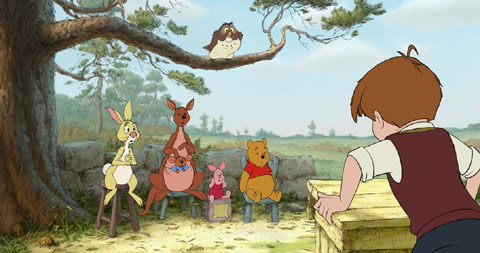











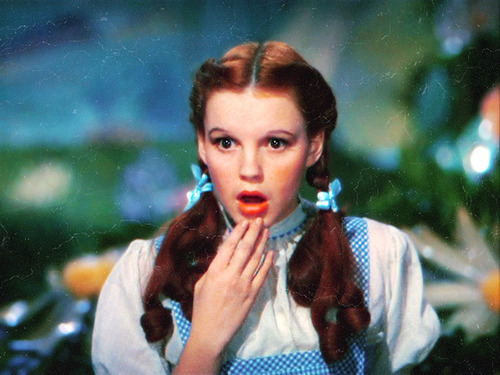

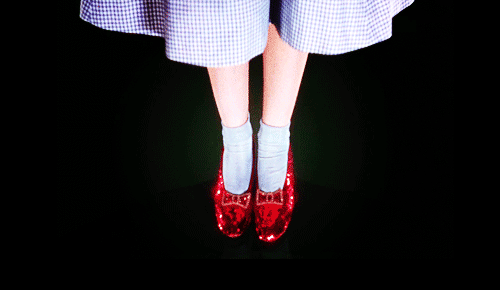






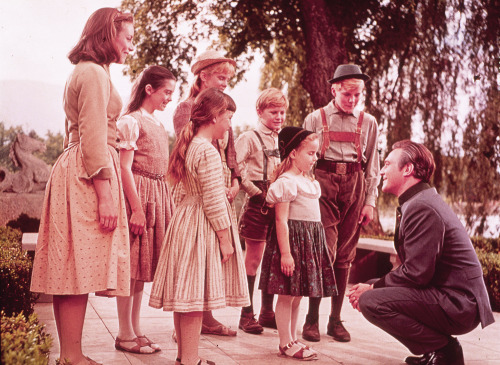
 The 45th Anniversary Edition comes with the DVD, the Blu-Ray, and a CD containing the soundtrack. I don’t have the soundtrack to this movie, so it was nice to have a legitimate copy I can import to my
The 45th Anniversary Edition comes with the DVD, the Blu-Ray, and a CD containing the soundtrack. I don’t have the soundtrack to this movie, so it was nice to have a legitimate copy I can import to my 










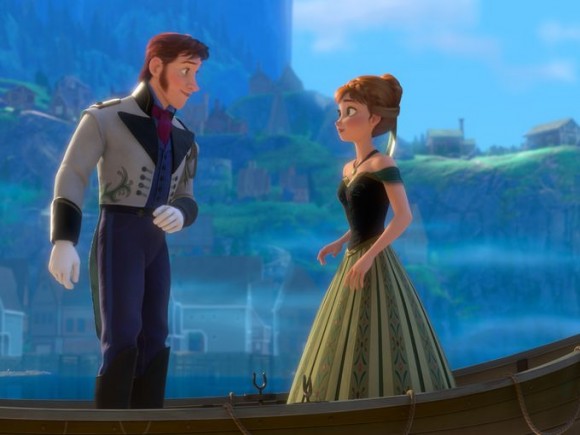










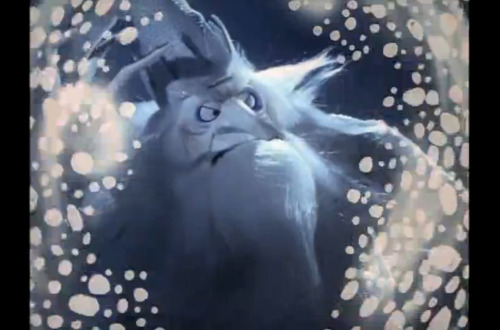
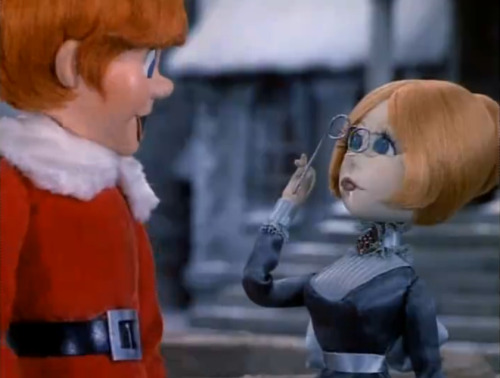























































_01.jpg)
